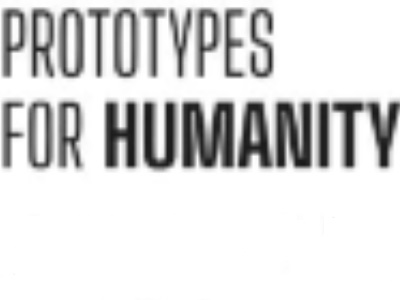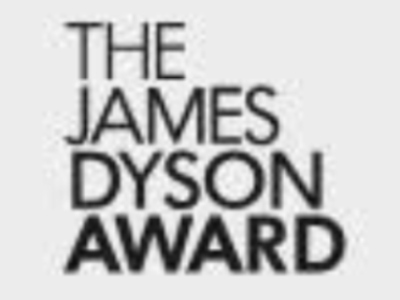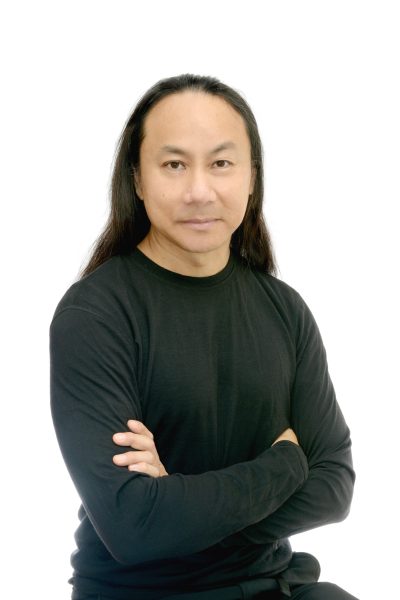
Wai-Loong “Y” Lim
Entrepreneur and industrial designer Wai-Loong “Y” Lim (BID’96) didn’t grow up dreaming of starting his own business. But through a series of happenstance opportunities—and as he followed an artistic proclivity, a gut instinct, and a decidedly nonlinear career trajectory—that’s exactly what he did. Born in Penang, a small island off the coast of Peninsula Malaysia, Y eventually made his way to Singapore, Ottawa, and finally San Francisco, where he founded Y Studios in 2001.
Growing up as a creative in a conservative environment, Y’s interests and aspirations didn’t always align with those of his peers. He recalls feeling aimless— different from his friends who were pursuing “traditional” career paths like medicine, law and accountancy.
“I knew I could draw, but I didn’t know what to do with that,” he shares.
After stumbling upon a newspaper ad for La Salle College of the Arts in Singapore, he decided to enrol with the intention of pursuing graphic design. But he soon discovered an unfamiliar subject that instantly piqued his interest.
“I first learned about industrial design when I saw these guys working on models in a workshop,” Y recalls. “Transforming 2D drawings into 3D objects—it blew my mind. It immediately felt right. I threw myself into it.”
In his second year at La Salle, just as he was starting on the industrial design program, Y had the opportunity to get some hands-on experience doing freelance work with a design firm in Singapore—an opportunity that ended up kickstarting his career.
“My mother remarried a Canadian and was planning to move to Canada. I decided to go with her. When I told my boss at the design firm about my plans to relocate, he basically laid out my career path for me: drop out of La Salle, work for him full time during the immigration process, and then use my professional portfolio to go back to school once in Canada.”
Accepting his boss’ unorthodox offer turned out to be the best decision, he says.
“Right away, my boss trusted me to have full contact with clients, even though I had barely any design experience. I was forced to figure things out quickly; I had to fake it until I made it. It was an eye-opening experience; it taught me about myself. I learned that I can adapt to situations really quickly. If you put me on the spot, I can work myself out of it. That has served me all throughout my career.”
Y worked at the firm for a year and a half before finally moving to Canada in 1992 and beginning the Industrial Design program at Carleton University. A few years into his degree, he again took some time away from school.
“I got an internship at the Corporate Design Group at Nortel in the summer of 1994,” he says. “It was only supposed to be for the summer, but I managed to get it extended into the following summer. I wanted to get more experience, and equally importantly, I needed to save money to finish school.”
Although Y was starting to develop an impressive professional portfolio, he knew he wanted to return to Carleton in 1995. “I had already gotten some products to market and was building great experience, but I knew I didn’t know enough about the profession. I wanted to learn more and I was determined to get my degree.”
Reflecting on his time at Carleton, one course stands out in his memory: Contextual Nature of Products. The class examined the ways in which culture influences design—a concept that’s woven into the design approach at Y Studios.
“We call our process ‘Culture-driven Design’: we feel every project is like a cultural immersion,” Y shares. “At home, work, or play, we study the culture around the product and then design it to fit accordingly.”
After weaving in and out of the educational system and the job market for several years, Y officially left education behind when he graduated from Carleton in 1996. Laser focused on what he wanted to do next, he had already lined up another internship—this one at GVO, an industrial design consultancy firm in Palo Alto, California, right in the heart of Silicon Valley.
“Even at that time, all the cool ID products were coming out of Palo Alto; all the big design firms are located there. So that’s where I wanted to go,” he explains.
Much like with his Nortel gig, he was able to turn the short-term GVO internship into a full-time position, where he stayed for several years. But when GVO went out of business in 2001, Y faced a difficult fork in the road.
“This was during the dot-com bubble implosion and all the design firms were downsizing. There was no hope of getting another job,” says Y.
But after landing a freelance job at Philips Design around that time and picking up some other small projects over the next few years, Y realized he could go it alone.
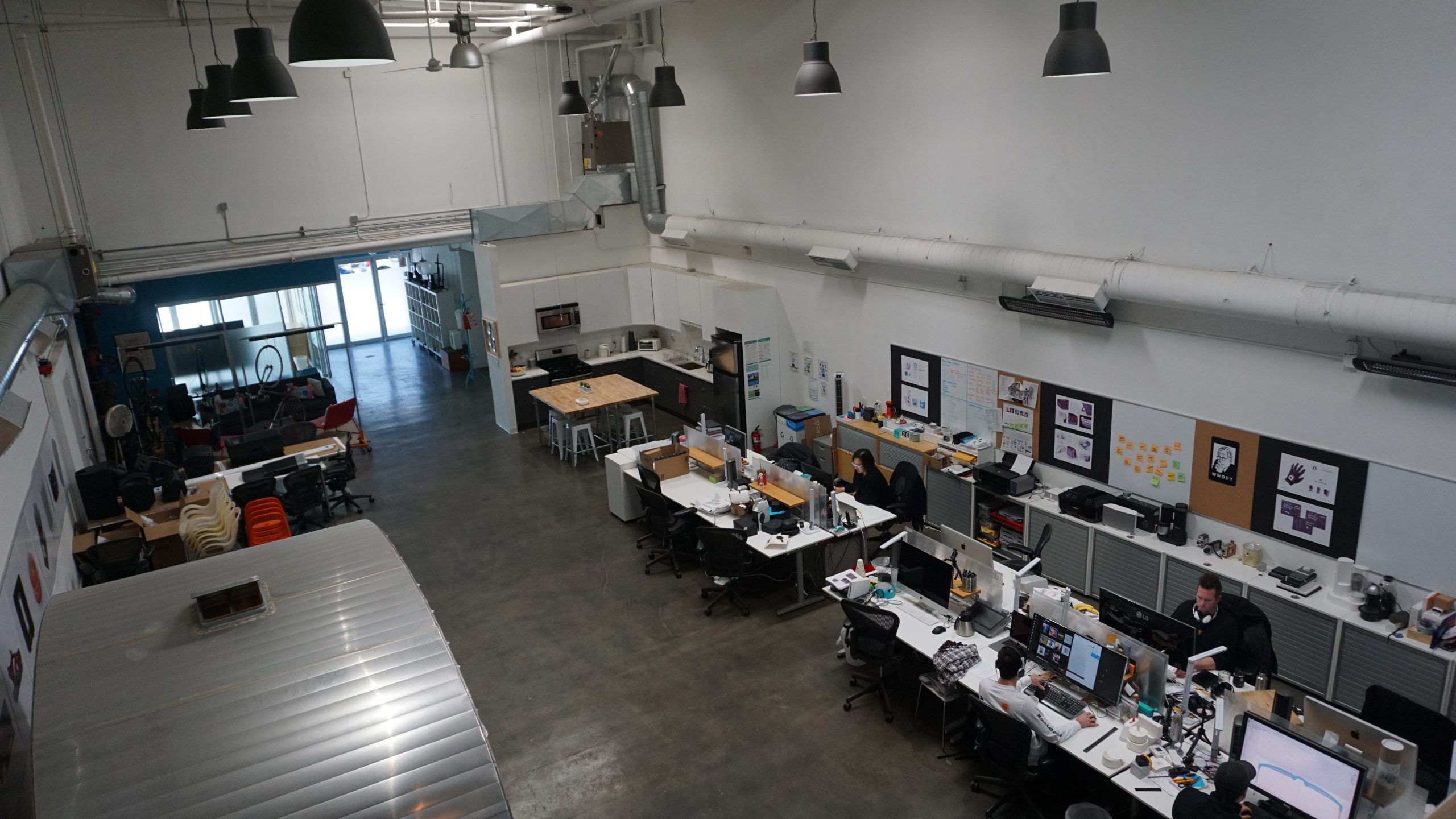
Y Studios
“Like a lot of designers, I sometimes fantasized about starting my own firm. But I didn’t really go into it intentionally; it wasn’t like I had a burning desire to do so.
“In hindsight, it came down to preparation meeting opportunity. It was the cumulation of my path, all the pitfalls, the rollercoaster I was on—that was my preparation. It all happened for a reason. I started in a small design firm and it was sink or swim. I had to learn and do all these new things; I had to think on my feet and make it happen. When I got this new opportunity, I realized going on my own was achievable. That’s when I formed Y Studios LLC with the state of California.”
Y’s business began like so many start-ups do: with a few clients, run by a staff of one, operating out of his home office for almost 10 years. Now, 20-plus years later, Y Studios is thriving. His studio is in a 4000 square foot warehouse. He leads a talented team of fellow designers. He’s worked with a wide range of impressive clients, including household names like Sonos, Samsung, TiVo and Keen Footwear.
A big part of his success—in addition to his raw talent and determination—undoubtedly stems from the fact that his business is inextricably aligned with his purpose.
“I really feel like design is my ikigai. As soon as I started studying ID, and even more so when I started working in the field, I just knew it was what I was supposed to be doing. It resonates with how my brain works, bridging between 2D and 3D, art and technology, design and engineering, magic and logic. It felt right. It feeds into my curiosity and I love the challenge of understanding the parameters given and translating that into product relevance.”
He continues: “There’s satisfaction in seeing what’s in your head, what you scratch down on paper, realized into something that’s not just an object, but something that you’re getting function out of—something that serves a purpose, something that benefits humanity in one way or another.”
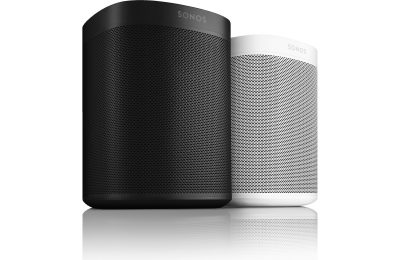 |
|
| Baacon40 Therapy Light | Sonos One |
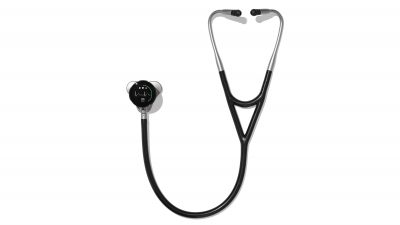 |
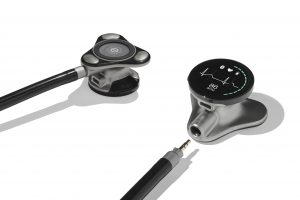 |
| EKo Health Core500 |
Despite his very busy schedule, Y tries to share and pass on that purpose to the next generation of designers. By mentoring students, taking on interns and sharing his experience at speaking engagements—like his recent presentation as part of Carleton’s Industrial Design Alumni Speaking Series—he helps students and new graduates find their path to purpose.
“I would like to be doing more in this area, but sometimes I have to hunker down and focus on keeping my business moving forward. But when I have time, I like to give back. When I retire (or semi-retire), I would like to work more closely with students and new industrial designers, teaching or coaching, to help them learn and grow.”
Wednesday, December 13, 2023 in General
Share: Twitter, Facebook

